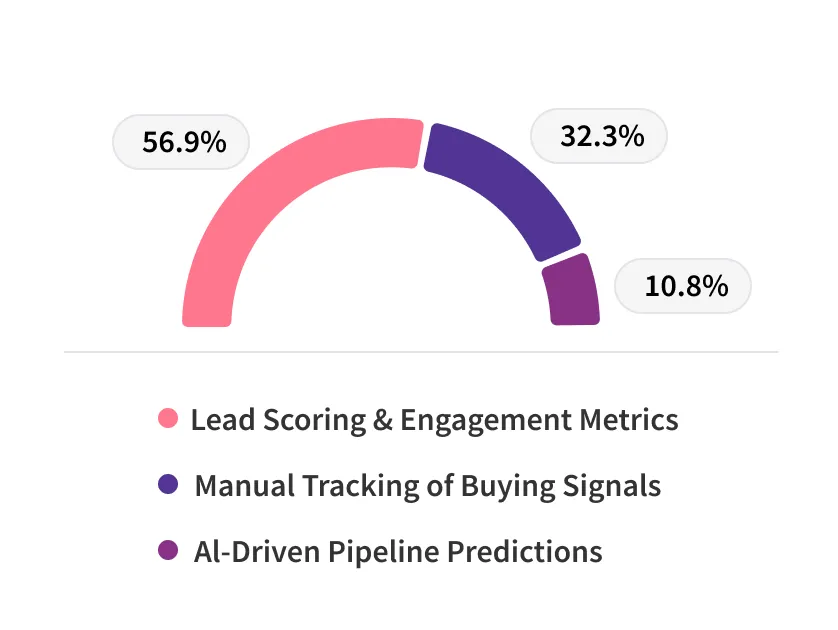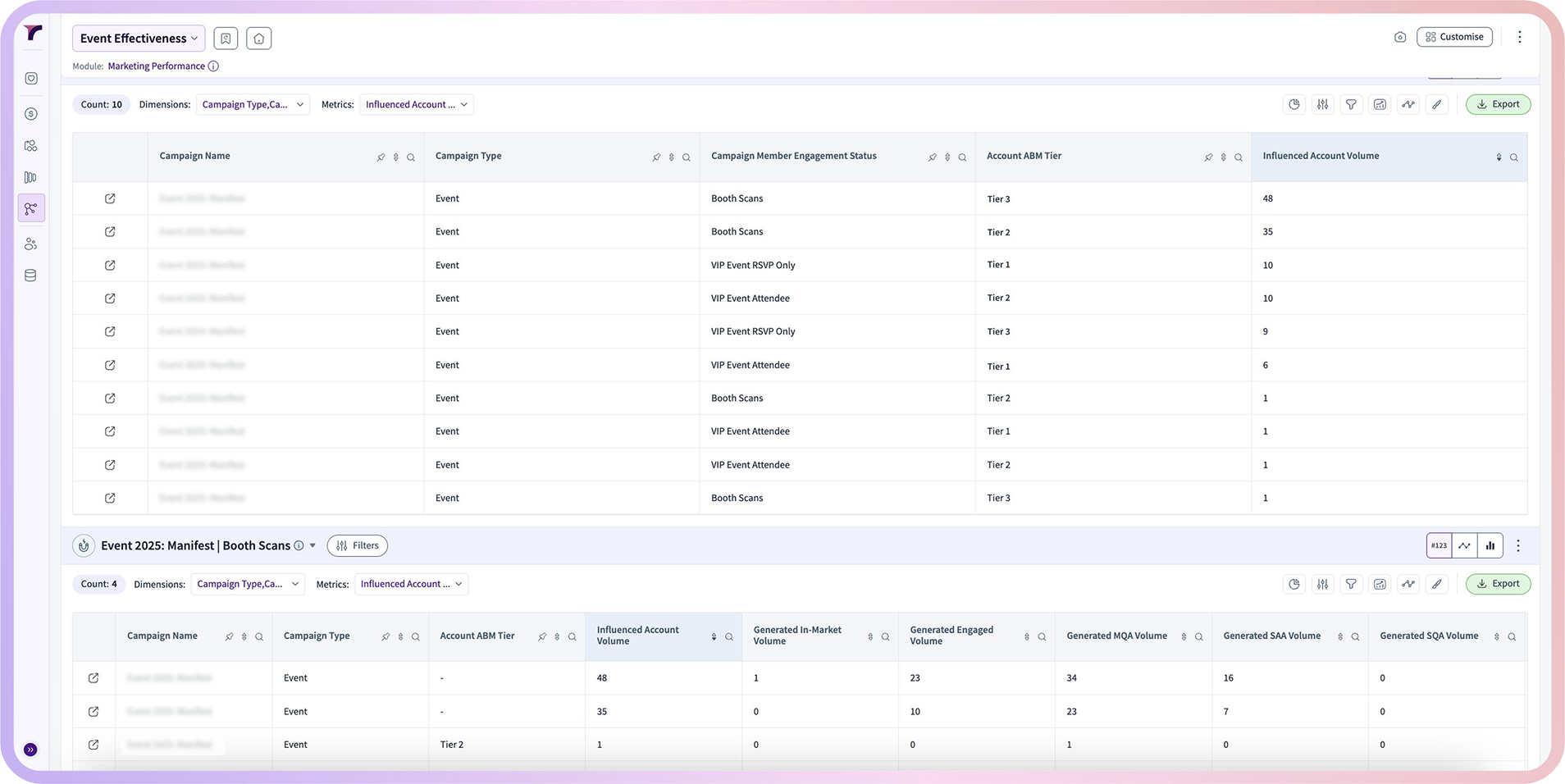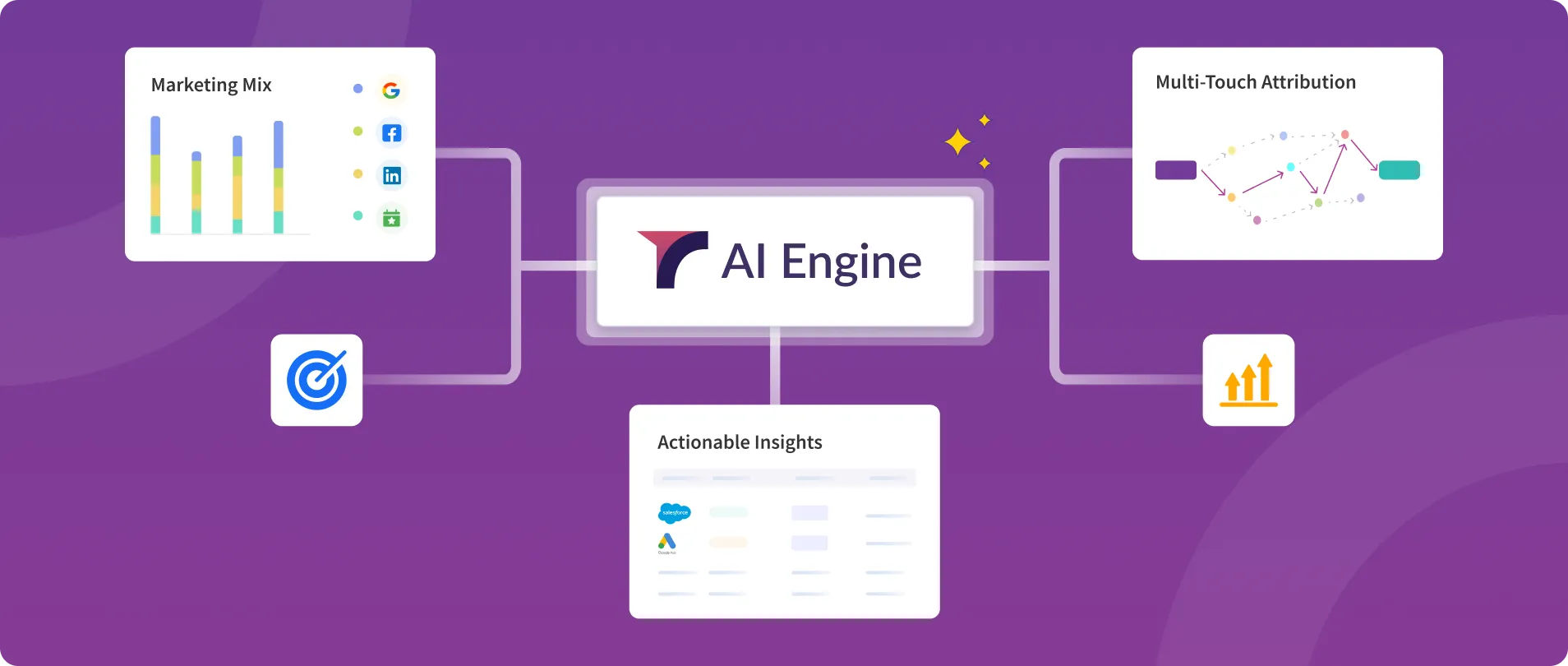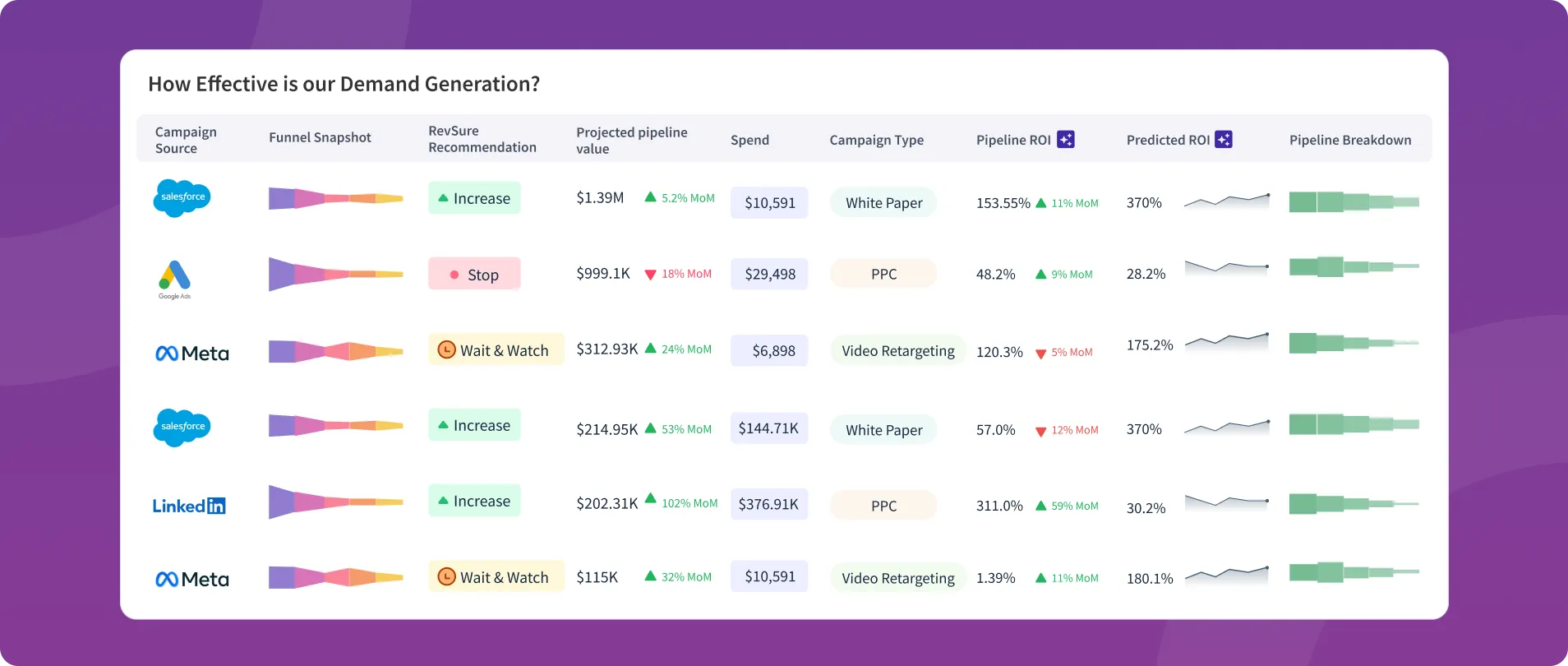WHITEPAPER
The State of B2B Marketing Attribution 2025
Benchmarking Attribution Maturity Across Leading B2B Organizations Attribution is broken. And every B2B marketer knows it. In an era of fragmented buyer journeys, multi-threaded decision-makers, and signal overload across channels, legacy attribution models, whether last-touch or even basic multi-touch, are failing to keep up. So we asked over 60 senior B2B marketing leadershow they’re navigating the shift. The result is the RevSure Marketing Attribution Analysis Report, a definitive benchmark study revealing where attribution is falling short, what high-performing teams are doing differently, and how AI is reshaping attribution from measurement to orchestration.











































